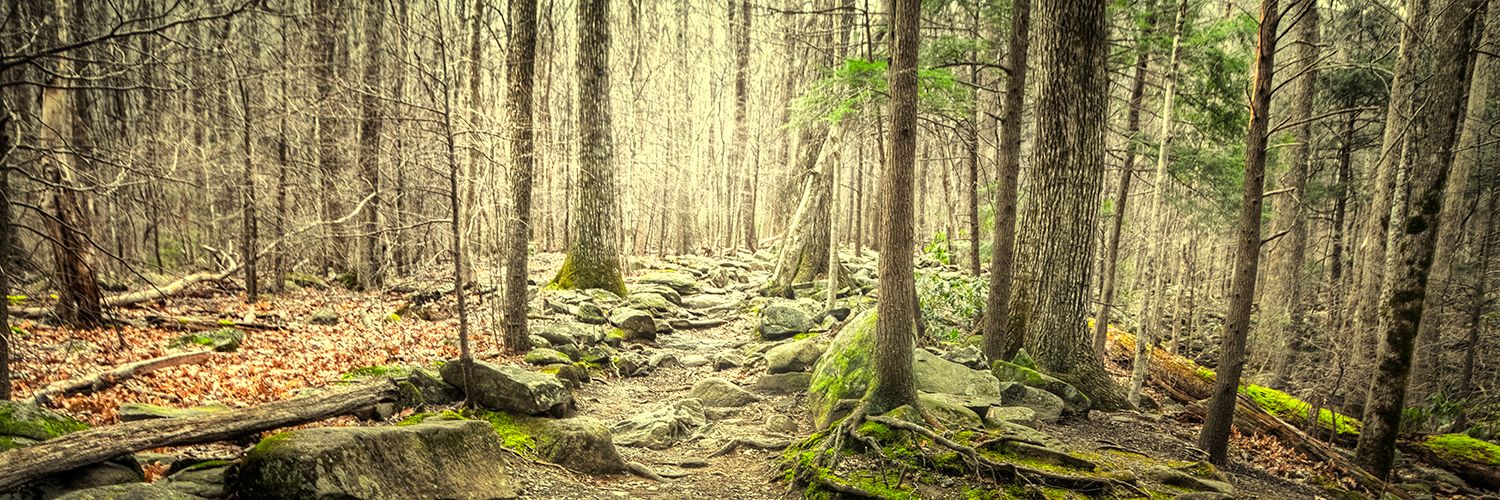Swan Count 2019
In the early years, the only swans wintering along the South Thompson River were Tundra Swans and they were a prominent feature between Kamloops and Chase with over 400 birds to be found during some winters. As we refined our methodologies, we noticed a change beginning to occur in 1984. Trumpeter Swans started to appear and spend the winter. This seemed to be correlated with the dramatic growth of the western Trumpeter Swan population in Alaska which has continued to this day.
As the number of Trumpeter Swans increased each winter along the river here, the number of Tundra Swans declined in a mirror-like fashion until today, virtually all of the wintering swans are Trumpeters and the Tundras have moved elsewhere. I suspect that it is competition for food that has enabled the larger species to out-compete the smaller Tundra Swans, as there is only so much food available to support such large birds. The Tundras have been forced to move to new wintering grounds elsewhere, but we are not sure where.
Our count along the river on Jan. 13, 2019 was below past high counts for Trumpeter Swans but above some recent years. We tallied a total of 246 Trumpeter Swans and no Tundra Swans. Of those, 25 were juveniles of the year or very close to 10%. This is much below the expected norms which are usually around 20-21% of the total wintering population. I have no idea whether this reflects a generally poor production year across their range. Adults are typically between 4 & 7 years old before they mate and could be as old as 20 before breeding. So there will always be lots of adults present in a mixed age wintering population. More careful observations are needed to determine which young are associating with which adults in order to actually determine individual brood sizes. This ranges from 3-4 per year in the Alaskan population which is the source of most or all of our wintering birds.
In years when river ice becomes too extensive to allow foraging, our birds depart and I believe they simply fly down to the Fraser Valley or the river mouth at Vancouver. This could be accomplished in a day and is likely the traditional location for birds wintering if they don’t stop short and remain at Kamloops.
 Both species of swans are shown in the above photo. The 2 birds on the left are Trumpeter Swans and the single bird on the right is a Tundra Swan. Note the yellow mark in front of the eye which is one of the useful marks of a Tundra in most cases.
Both species of swans are shown in the above photo. The 2 birds on the left are Trumpeter Swans and the single bird on the right is a Tundra Swan. Note the yellow mark in front of the eye which is one of the useful marks of a Tundra in most cases.
 This is a typical adult Trumpeter Swan showing the large bill with a relatively straight profile along the top below the forehead as well as the orange gape mark visible where the upper and lower mandibles come together. They always lack the yellow mark in front of the eye as evident in Tundra Swans. Of course their deep, sonorous honking voice is distinctive.
This is a typical adult Trumpeter Swan showing the large bill with a relatively straight profile along the top below the forehead as well as the orange gape mark visible where the upper and lower mandibles come together. They always lack the yellow mark in front of the eye as evident in Tundra Swans. Of course their deep, sonorous honking voice is distinctive.
 Juvenile Trumpeters typically retain many brownish feathers on the neck and body throughout the winter. Tundra juveniles have usually molted into more white body feathers by mid-winter but their necks remain gray-brown. The above bird is a Trumpeter.
Juvenile Trumpeters typically retain many brownish feathers on the neck and body throughout the winter. Tundra juveniles have usually molted into more white body feathers by mid-winter but their necks remain gray-brown. The above bird is a Trumpeter.
Many thanks to our 2019 swan counters along the river this year. Bob Needham, Denise Caldwell, Tessie Vindeg, Bob & Sandra Ewart, Tom Dickinson, Rick Tucker, June & Kats Kitamura, Marilyn Hannis, Isaac Nelson, Norm Dougan and Rick Howie.
